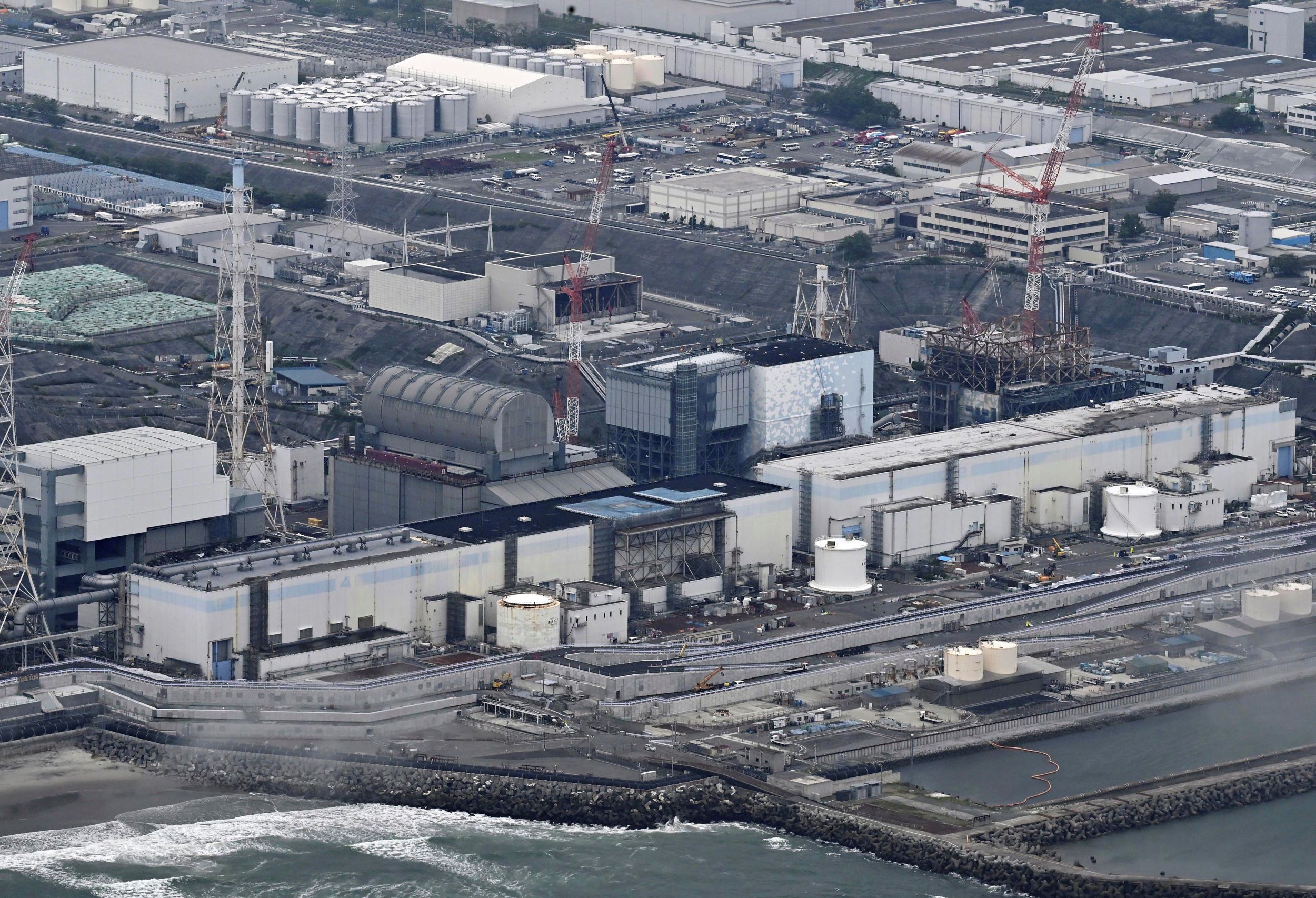
TOKYO - The operator of the crippled Fukushima Daiichi Nuclear Power Plant restarted the extraction of melted fuel debris on Tuesday, after the initial operation was suspended over a procedure failure last month.
Tokyo Electric Power Company Holdings (TEPCO) on Tuesday morning resumed efforts to extract a small amount of melted fuel debris from the No 2 reactor, about a few grams or the size of a small spoonful, after confirming that five pipes to be used to insert a device resembling a fishing rod into the reactor's containment vessel were installed properly.
READ MORE: Kishida to hold ministerial meeting on Tepco nuclear plant restart
The operation, originally scheduled to begin on Aug 22, was halted as officials from both TEPCO and contractor Mitsubishi Heavy Industries failed to verify the correct sequence of the pipe setup.

Fukushima Governor Masao Uchibori voiced concerns during a press conference on Monday, urging TEPCO to establish a robust oversight framework and not rely entirely on subcontractors, according to local media reports.
ALSO READ: Fresh calls for halt of nuke water release
TEPCO is currently in the decades-long process of decommissioning the power plant, which suffered core meltdowns that released radiation after being hit by a 9.0-magnitude earthquake and an ensuing tsunami on March 11, 2011, resulting in a level-7 nuclear accident, the highest on the International Nuclear and Radiological Event Scale.
READ MORE: TEPCO halts attempt to remove fuel debris at Fukushima nuclear plant
An estimated 880 tons of fuel debris remain in No 1, 2, and 3 nuclear reactors stricken during the accident. The experimental removal of the deadly debris was initially planned for 2021 but was postponed three times due to the coronavirus pandemic and technical difficulties.


